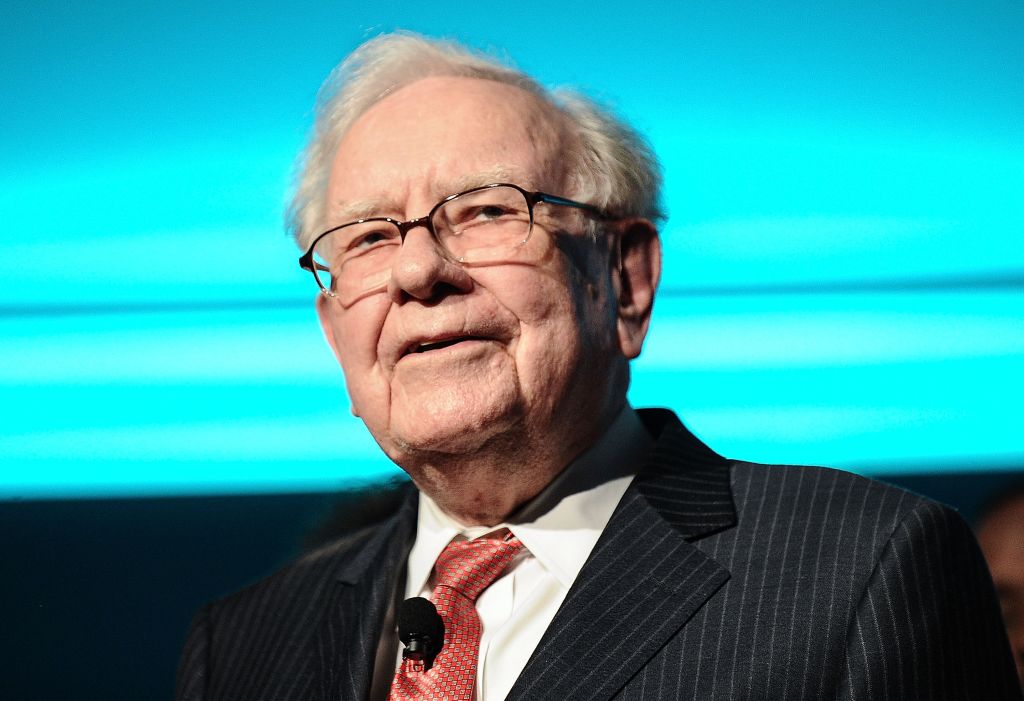3 Big Companies on the Cutting Edge
Smart investors can get a lift from innovation happening at large, well-established firms.

Small companies aren’t the only ones involved in the megatrends that are shaping the future. Titans of industry are there, too, in a big way. The challenge for investors is that the profits from nascent trends are rarely enough to move the needle on the stock market value of a behemoth whose revenues are broadly diversified or predominantly generated by other businesses. Still, investments in innovative businesses and strategies will ultimately benefit many big companies, making some of them good ways to invest indirectly in key trends.
Consider Google (symbol GOOGL, $534). It generates 89% of its revenues from Internet-search advertising, but it has tentacles spreading into other cutting-edge trends, such as the Internet of Things. Every consumer device that Google connects to the Internet delivers information that the company can aggregate in order to target users with a growing number of relevant ads. Google burst onto the home-automation scene with its acquisition last year of Nest, which makes smart thermostats and smoke detectors. Wearable devices include Google Glass (shelved for now) and Android Wear smart watches.

And Google’s self-driving car, unveiled last December, is the ultimate connected device. In the not-too-distant future, says Gavin Baker, manager of Fidelity OTC Portfolio, all cars are likely to be self-driving or assisted-driving. “If Google software and computing powers that, it’ll be very financially relevant” for the company, he says. Google also acquired eight robotics companies in 2013. And its venture-capital arm has a sizable stake in personalized medicine.
From just $107.88 $24.99 for Kiplinger Personal Finance
Be a smarter, better informed investor.

Sign up for Kiplinger’s Free Newsletters
Profit and prosper with the best of expert advice on investing, taxes, retirement, personal finance and more - straight to your e-mail.
Profit and prosper with the best of expert advice - straight to your e-mail.
Amazon.com (AMZN, $374) is similarly on the cutting edge. The company will soon divulge the size of its cloud-computing business, which is likely its fastest-growing segment. And a major push into robotics has the potential to cut costs in its e-commerce business big-time. Amazon bought Kiva Systems in 2012 and now counts 15,000 Kiva robots working in its distribution centers. CEO Jeff Bezos has spoken about the company’s aspirations to use drones to deliver merchandise. “People have to analyze what robotics could do to the bottom line,” says Cathie Wood, head of Ark Investment Management, which sponsors four actively managed exchange-traded funds that focus on innovative technologies. “It could be a tremendous boost to profit margins.”
With some firms, the promise of innovation in one area is overshadowed by older, stodgier businesses. General Electric (GE, $25) is developing the Internet of industrial things, which it calls the “industrial Internet.” GE’s software applies powerful analytical tools to streams of data harvested from heavy equipment—think wind turbines or locomotives—to boost efficiency and cut downtime. CEO Jeffrey Immelt has said that industrial Internet operations could generate annual revenues of $4 billion to $5 billion in a few years. That’s a pittance compared with the $150 billion a year in sales that GE generates now. Meanwhile, although the GE Capital division is shrinking, it’s still on target to account for 25% of profits in 2016. “We don’t own GE—too much financial services,” says Wood. But she’s watching the company—in particular, GE’s use of 3D printing in its manufacturing processes. “It’s veering into the right spaces,” she says.
Profit and prosper with the best of Kiplinger's advice on investing, taxes, retirement, personal finance and much more. Delivered daily. Enter your email in the box and click Sign Me Up.

Anne Kates Smith brings Wall Street to Main Street, with decades of experience covering investments and personal finance for real people trying to navigate fast-changing markets, preserve financial security or plan for the future. She oversees the magazine's investing coverage, authors Kiplinger’s biannual stock-market outlooks and writes the "Your Mind and Your Money" column, a take on behavioral finance and how investors can get out of their own way. Smith began her journalism career as a writer and columnist for USA Today. Prior to joining Kiplinger, she was a senior editor at U.S. News & World Report and a contributing columnist for TheStreet. Smith is a graduate of St. John's College in Annapolis, Md., the third-oldest college in America.
-
 Shoppers Hit the Brakes on EVs After Tax Credits Expire
Shoppers Hit the Brakes on EVs After Tax Credits ExpireThe Letter Electric cars are here to stay, but they'll have to compete harder to get shoppers interested without the federal tax credit.
-
 Your Expert Four-Step Guide to True Financial Freedom
Your Expert Four-Step Guide to True Financial FreedomYes, you can achieve financial independence, even if it seems elusive. While it may not be an easy journey, these are the steps to get things rolling.
-
 If You'd Put $1,000 Into Home Depot Stock 20 Years Ago, Here's What You'd Have Today
If You'd Put $1,000 Into Home Depot Stock 20 Years Ago, Here's What You'd Have TodayHome Depot stock has been a buy-and-hold banger for truly long-term investors.
-
 If You'd Put $1,000 Into Bank of America Stock 20 Years Ago, Here's What You'd Have Today
If You'd Put $1,000 Into Bank of America Stock 20 Years Ago, Here's What You'd Have TodayBank of America stock has been a massive buy-and-hold bust.
-

 If You'd Put $1,000 Into Oracle Stock 20 Years Ago, Here's What You'd Have Today
If You'd Put $1,000 Into Oracle Stock 20 Years Ago, Here's What You'd Have TodayORCL Oracle stock has been an outstanding buy-and-hold bet for decades.
-
 If You'd Put $1,000 Into Sherwin-Williams Stock 20 Years Ago, Here's What You'd Have Today
If You'd Put $1,000 Into Sherwin-Williams Stock 20 Years Ago, Here's What You'd Have TodaySherwin-Williams stock has clobbered the broader market by a wide margin for a long time.
-
 If You'd Put $1,000 Into UnitedHealth Group Stock 20 Years Ago, Here's What You'd Have Today
If You'd Put $1,000 Into UnitedHealth Group Stock 20 Years Ago, Here's What You'd Have TodayUNH stock was a massive market beater for ages — until it wasn't.
-
 If You'd Put $1,000 Into Berkshire Hathaway Stock 20 Years Ago, Here's What You'd Have Today
If You'd Put $1,000 Into Berkshire Hathaway Stock 20 Years Ago, Here's What You'd Have TodayBerkshire Hathaway is a long-time market beater, but the easy money in BRK.B has already been made.
-
 If You'd Put $1,000 Into Procter & Gamble Stock 20 Years Ago, Here's What You'd Have Today
If You'd Put $1,000 Into Procter & Gamble Stock 20 Years Ago, Here's What You'd Have TodayProcter & Gamble stock is a dependable dividend grower, but a disappointing long-term holding.
-
 My Three-Day Rule for Investing: And If it Applies Now
My Three-Day Rule for Investing: And If it Applies NowStock Market I've seen a lot in my career. Here's what I see now in the stock market.